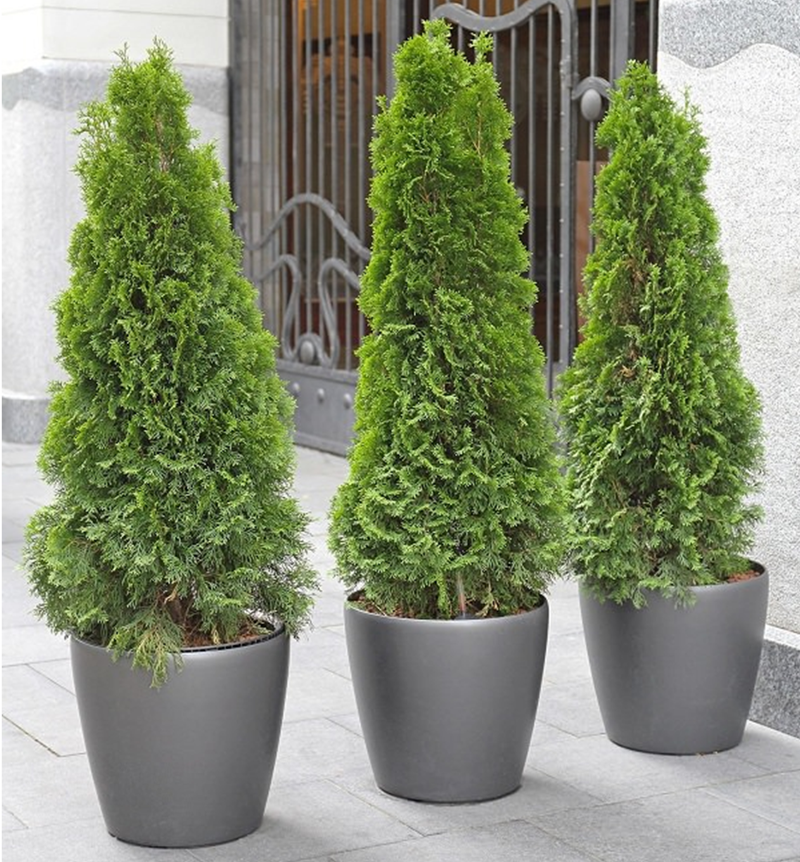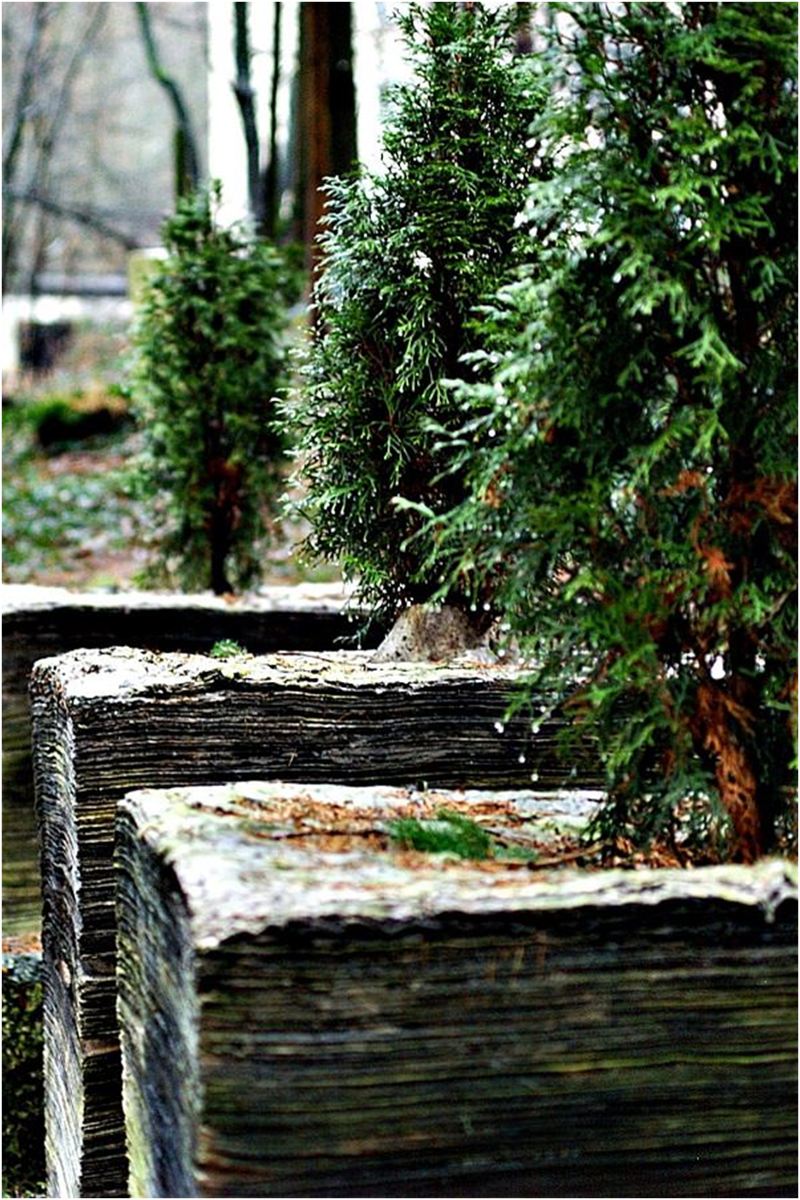Arborvitae is a good choice for landscape gardening or border plant but it does fairly well in the container too! Learn how to grow it in pots by going through this post.

Looking for an evergreen container plant for your entryway or balcony? You have come to the right place as Arborvitae is perfect for this purpose. Pyramidal structure and fan-like rich green leaves make it stand apart. Growing as a shrub or tree, it's easy to keep Arborvitae contained when you grow it in a container. Also, it's easy to relocate or transplant the plant when it's grown in containers. So without wasting any more time let's know more about how to grow Arborvitae in pots.
Planting Arborvitae in Pots
Getting your hands on arborvitae is easy. We offer a very large selection of different arborvitae in all sizes and colors. Once you have found the perfect plant for your space, be sure to get a pot large enough for the plant. You will want to put the plant level with the dirt, which should not go above the sides of the planter.
Choosing The Right Size Garden Planter For Arborvitae
The size of the pot depends on a few factors which include the size of the root ball, variety and whether you'll be transplanting it or not. In general, the size of the pot should be 6 to 7 times the size of the root ball. If you don't want to transplant it for a long time, choose a pot with 20-gallon capacity. As the pot will hold the plant for a long time it must be sound and sturdy. Any material will do but we recommend plastic or ceramic as its durable.
Caring For Arborvitae in Pots

Choosing The Best Location For Arborvitae in Pots
It does well in full sun to partial shade so locate the pot likewise. In hot climates protect the plant from direct afternoon sun whereas in cooler climate place it somewhere it receives 6-8 hours of direct sunlight.
Best Soil For Arborvitae in Pots
Get a good quality commercial potting mix that has soil as its base from the market. You can also make your own potting mix by mixing sterilized loam soil, coarse sand, sphagnum peat moss, and perlite or vermiculite in equal parts. Garden soil is not sterile so do not use it.
Watering Arborvitae in Pots
Water a bit before and after planting so that loose soil settles around the roots. Depending on the climate in your region water or twice a week. The trick is to keep the soil moist but not overly wet so that it turns soggy. Misting over it or placing a humidity tray nearby also helps a lot as it loved humid surroundings.

Repotting Arborvitae
Once the arborvitae becomes root-bound it's time to re-pot it into a new and large container. It'll take around 2-3 years for it to outgrow the old pot. If not sure about the container size choose one that's two-thirds of the height of the plant in size.
Mulching Arborvitae in Pots
Add a two inches thick layer of mulch around the base of the plant. Mulching prevents the drying of soil quickly and helps trap moisture in the soil. In hot regions where soil dries too frequently mulching becomes of utmost importance.
Pruning Arborvitae in Pots
To keep the shrub in desired shape and size it's important to prune it. Also, decay caused by fungi can spread quickly pruning away those parts helps overcome it. Pruning also rejuvenates the old plant, improves the structure and increases life-span.
Fertilizing Arborvitae in Pots
Go for a slow-release fertilizer that's medium to low in nitrogen. Quick-release fertilizer with high nitrogen can cause excess growth on the top. You can also go for an organic approach and add a well- manured compost or fish emulsion to the soil. Air circulation is also better with a less dense shrub with increased exposure to the sun.
Pests and Diseases
Bagworm, spider mites, and aphids are some of the common garden pests that can cause harm to Arborvitae. If left unchecked, they can even kill the plant. Spraying neem oil solution over the plant will get rid of these common pests. Tip blight is another fungal disease that might cause severe damage to the plant. Cut back the affected parts and if the problem persists consult a professional.
Arborvitae in Pots Over Winter
If you choose to grow arborvitae in pots over the winter, you should select a plant that is 1 growing zone above where you live. So if you live in growing zone 5, find an arborvitae that can survive in growing zone 4. You may also want to provide additional protection on the outside of the container. You can add additional insulation around the pot, or you can surround it with chicken wire and leaves for additional protection. Make sure the container is protected and out of the wind. Also, do not store the pot on concrete, as that will get colder than the ground will.
 |
Author Chris Link - Published 1-02-2020 |
